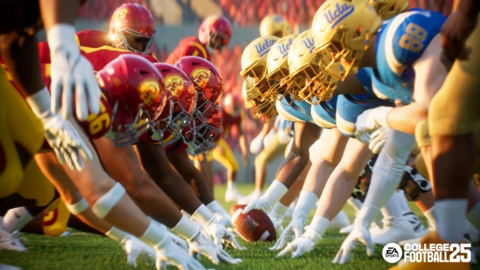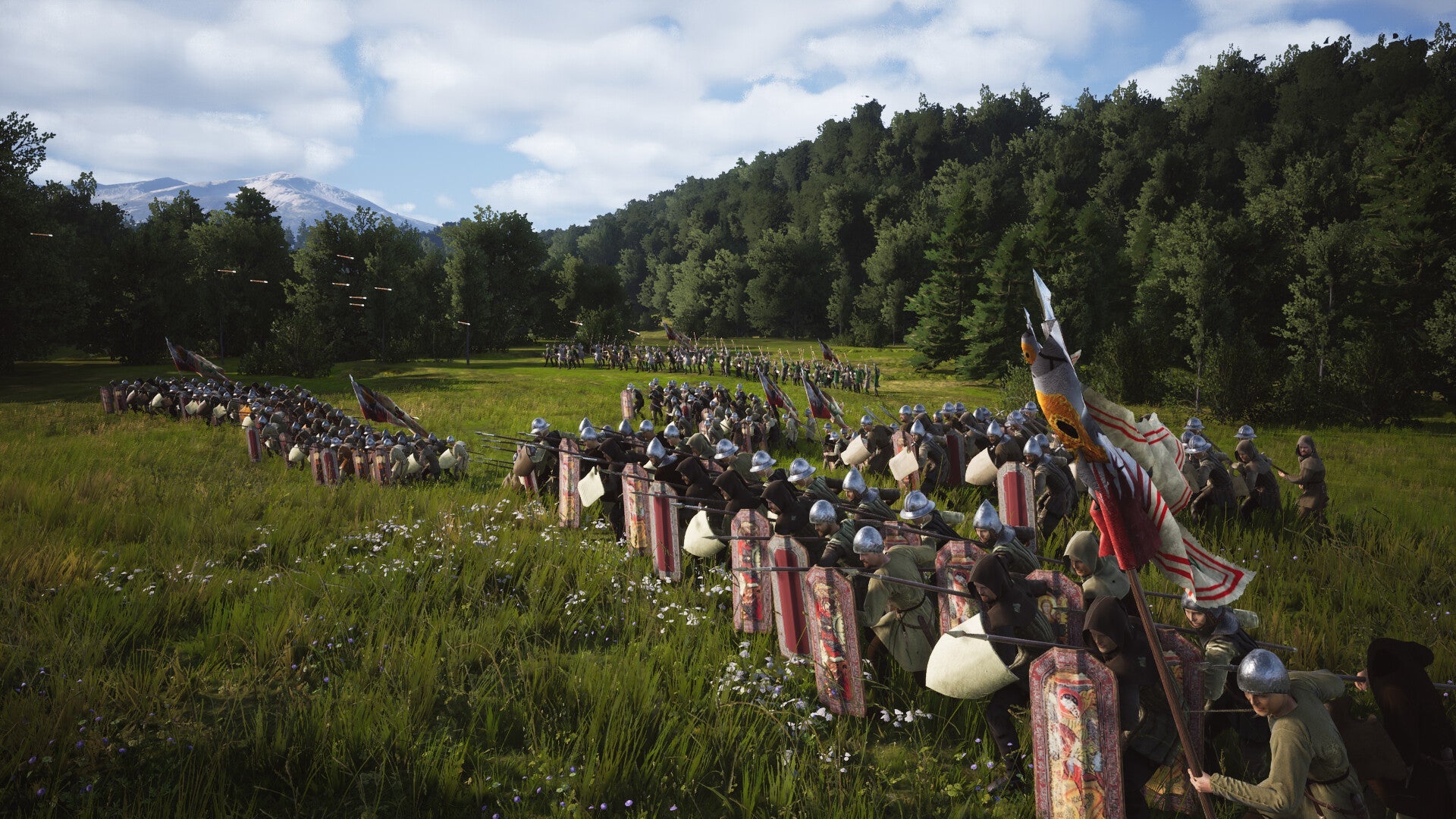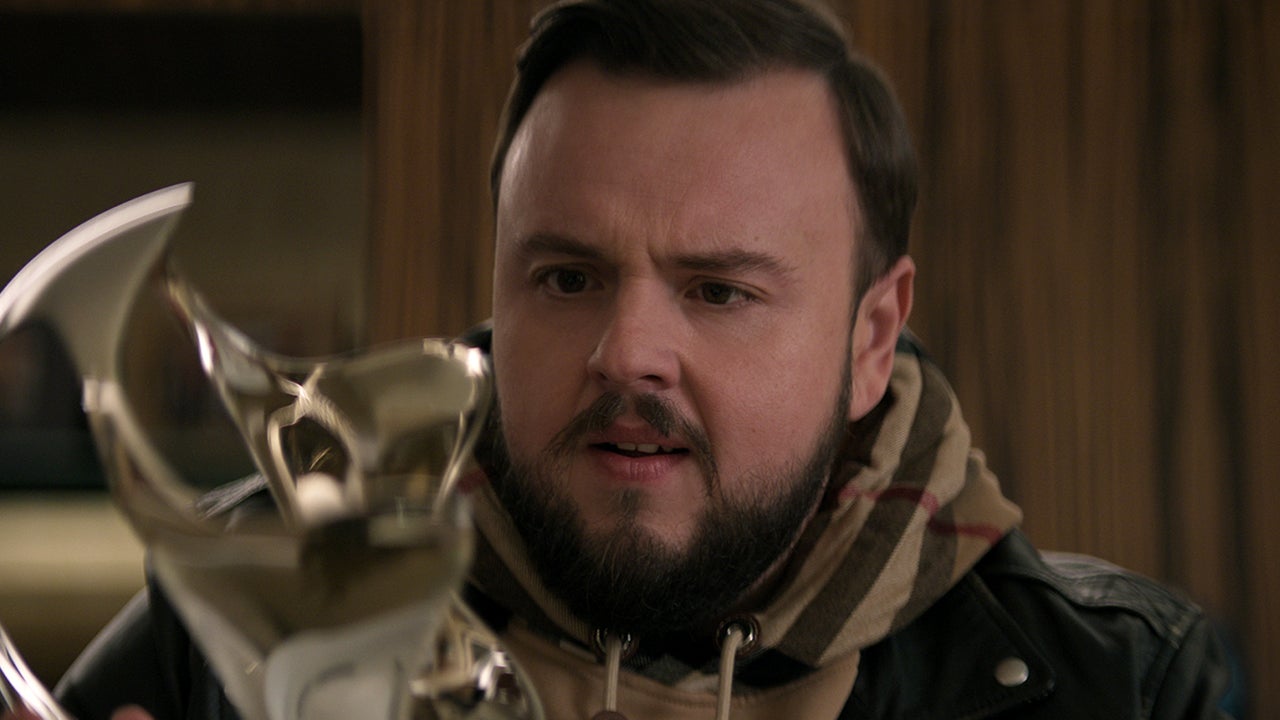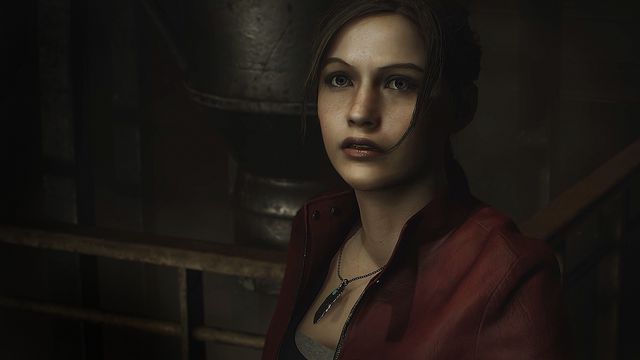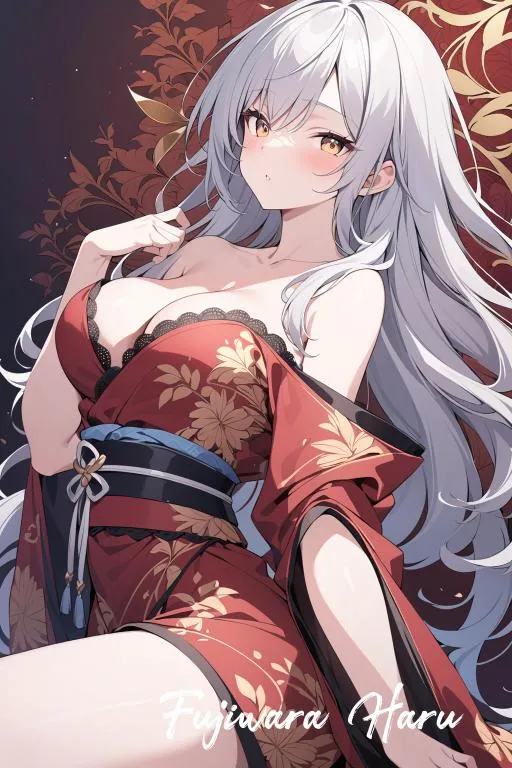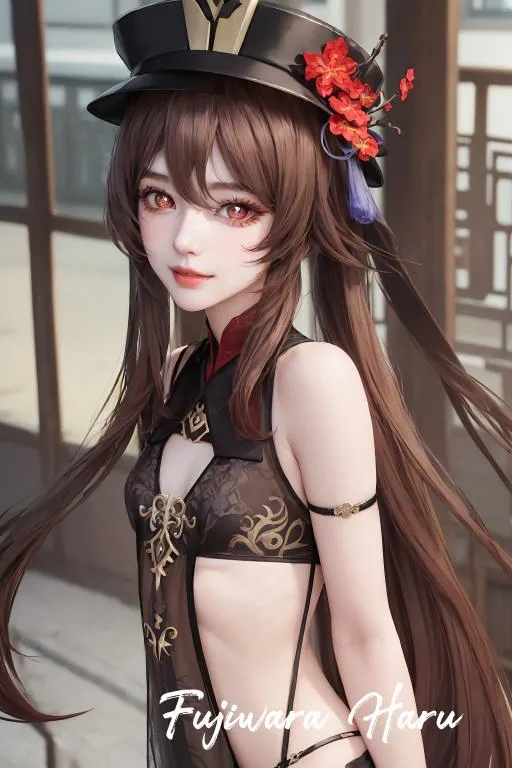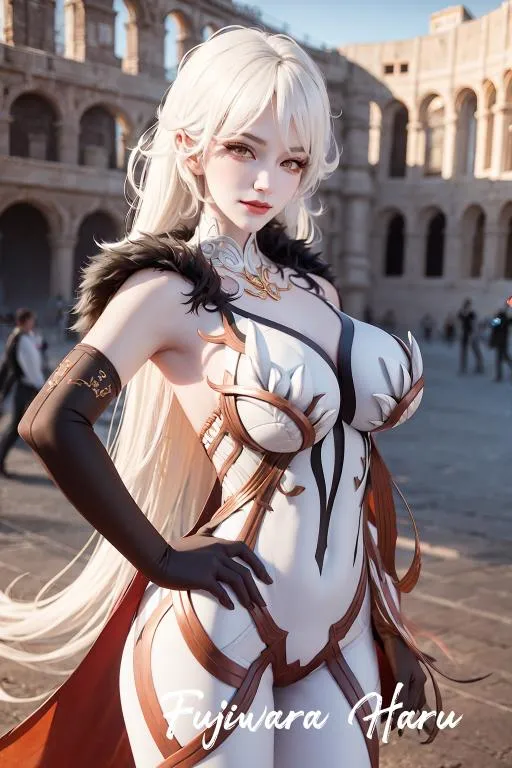I had to go back and play a little of Chrono Trigger just to make sure my eyes weren’t deceiving me about the obvious similarities between that classic RPG and Sea of Stars. This brand-new yet old-school game doesn’t present nearly as much time-hopping or world-traveling as its clearest inspiration, but its seafaring adventure still has plenty of twists and turns that fill up a solid 30 hours of linear spelunking. Rich and often funny character-driven stories wrap up with surprising twists that give weight to the story and provide a reason for its visually wild and mechanically interesting boss fights. At the same time, there’s just not that much depth to its combat options, and its 16-bit graphics generally satisfy nostalgic cravings rather than inspiring shock and awe all over again.
By its name alone, Sea of Stars may immediately sound like a generic knockoff of its forebears. The opening scenes present a story about two decently written albeit occasionally overly talkative teenage protagonists who set off to save the world by skipping over to a neighboring island to kill off the big bad once and for all. Fortunately, saving the world is never so simple, and the story’s true form begins to take shape before too long. The brilliance of this is how many times it twists and turns in a completely unexpected direction before the real ending, and I’m pleased by how it unfolds into a story about the importance of each individual.
It conveys the story competently, without frontloading too much exposition after letting you loose within its first hour or so. I’m impressed by how it introduces its villains, magic, and the stakes of its world organically, and if you want to know more you can simply return to camp and speak to the traveling bard to hear them recount the stories about the world and its denizens that took place there.
Speaking of progression, Sea of Stars excels in its level design. This map is split up into islands that are navigated in an overworld that connects different zones with no combat between them, much like in the classic Chrono Trigger. But once you get into a zone, there are often tons of combat encounters and puzzles that fill up the space between larger story moments and boss battles. You get to fight a giant world-eating kraken, and a robot queen that transforms into a giant handgun! And most of them feel like a well-balanced challenge rather than something you have to grind to overcome.
There’s an admirable amount of variety as well. One particularly cool zone had me tumbling down a series of cascading waterfalls adorned by gorgeous plants and flowers, whereas another had me exploring a clockwork castle and teaming up with its immortal residents to face a big boss. It all did a fantastic job of sucking me in and not letting go, much like the RPGs that inspired it.
The puzzles are simple but often require a decent amount of thought. There are some tricky block-pushing puzzles and some that require you to remember a certain sequence of triggers to erect platforms in a certain order so you can climb up to the next doorway. Sea of Stars also makes great use of day and night mechanics, often requiring you to shift the time of day with the shoulder buttons to shine daylight or moonlight on special nodes that unlock parts of the map.
It’s cool that this world’s NPCs respond to your actions and your growing power as literal superheroes, and it’s nifty to eventually gain the ability to fly – that lets you move around the overworld and finish up quests without the hindrance of returning to your ship. Yes, Sea of Stars has a ship, but you won’t spend too much time sailing around since it mostly just serves to connect major points of interest between story events. The world’s most interesting side locations, such as the many Solstice Shrines dotting the map, only become available to visit once you unlock flight.
But I’m especially impressed by how the protagonists’ solstice warrior powers are represented in combat. Zale is a blade dancer attuned to the fire magic of the sun, whereas Valere is a lunar monk attuned to the ice magic of the moon. While facing a few of the campaign’s biggest bosses and their minions, they are often the only two party members capable of dealing damage with their basic attacks and spells. This frustrated me at first, but as the campaign went on I began to understand its pivotal lock-pattern mechanic. Battles are fully turn-based, but enemies liven things up by telegraphing their upcoming attacks in patterns that can be broken with attacks of specific types. For instance, you can interrupt an enemy powering up a spell by hitting them three times with fire attacks, breaking their concentration, and staggering them until their next move.
Later on, these patterns grow more complex and require a mix of attacks from your teammates, and it’s interesting how the other available party members contribute to these fights even without the same damage output. This often lends their unique fighting styles to group combos that can inflict multiple types of damage and break certain locks after the combo bar is powered up through regular attacks. This momentum is helped along by basic attacks that restore MP and can potentially release bubbles of live mana that your active party member can absorb to add potency to the next move.
Each party member also gets their own unique ultimate move which functions similarly to summons in a Final Fantasy game; showing a cool cinematic before dealing a massive amount of damage. They’re not as exploitable, though, since they rely on their own gauge that builds up over the course of battles.
It’s great that you can affect the flow of combat by pressing a button to critical hit, critical heal, or block an incoming attack as it lands. I found it satisfying that most later battles required me to hit these boosts consistently in order to feel fair. But it took a while to get the hang of because their reaction window is frustratingly short, and without using a special relic that shoots a flare each time you land a boost, it’s not always clear exactly when you’re supposed to respond. That’s especially hard to pin down when each animation has a different point of impact. For instance, one character jumps around before landing their strike on an enemy, and it’s easy to tap too soon or too late unless you memorize this whole thing. Even so, it’s still extremely satisfying to pull off certain moves that require you to react to these finicky windows.
Overall though, I’m disappointed Sea of Stars’ combat system doesn’t get much deeper than that. With only six potential teammates to play with – and only a few skills and combos total – I found myself running through the same strategies over and over by the end. Often, the most fun part of progression was getting better at precise timing. The campaign wraps up just before the limited combat options overstay their welcome, but I’d have liked a few more spells or combos per character to master.
In its favor, there’s a lot of strong nostalgia vibes here. I grew up playing the 16-bit SNES, GBA, and PS1 classics – essentially, the good old days of RPGs – and Sea of Stars hits all the right notes to make me long for those good old times. Its zones are varied and colorful, featuring emotive soundtracks composed by none other than Yasunori Mitsuda and Rainbowdragoneyes. The former produced the soundtracks for Chrono Trigger and Xenogears – to name a few – and his unique style brings back memories of those old games. Each area exudes a unique personality, thanks to catchy tunes that masterfully capture their essence.
Everything about Sea of Stars’ look and feel is clean and approachable, and each of its menus is easy to navigate. Even its side quests are easy to finish once you approach the endgame, thanks to a convenient map that tells you which areas still have more things to do and find. Save points and campfires are scattered liberally, and it was great to never have to worry about autosaves – they’re placed exactly where you need them: before tough fights.
It’s neat that you can easily return to your camp from the overworld or from any campfire, where you can speak to key characters and craft food for the next adventure. I also liked the fact that healing items take the form of food rather than generic potions. Cooking ingredients are easy to find, and there’s a real benefit to discovering new recipes and taking the time to play around with Sea of Stars’ competent fishing system in order to keep your pantry stocked – particularly because each item has a different effect, such as healing the whole party’s mana or reviving a single teammate. Since you can only carry 10 food items at once, it does add an extra layer of consideration when choosing which items to carry in your loadout, but it never feels unbalanced.
I only wish there were more ways to customize my party’s playstyle, given that each character only has a few pieces of equipment available to them. Unique accessories are sparse, and those we have lack much oomph. This means there’s even less customization than there is in Final Fantasy 16, and that can make the RPG elements of Sea of Stars feel weaker for anybody who doesn’t find themselves invested in the story.

